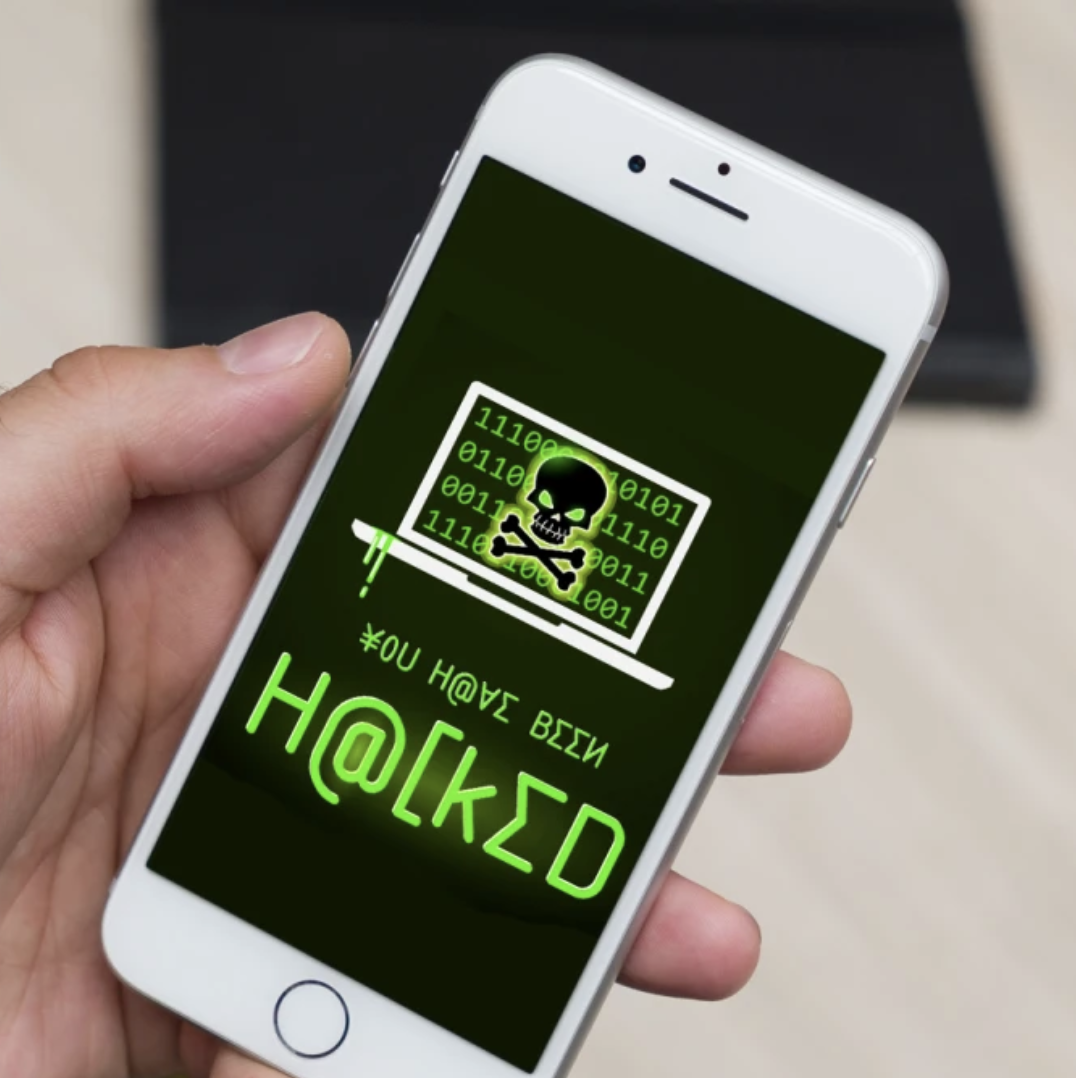One of the most common questions I am asked by clients is “How can I determine if my phone has been hacked?”
When a person reaches this point, typically it is the result of odd behavior of the device in question and/or unexplained information leakage. It’s unsettling and concerning when there is an expectation of privacy of communications on your device.
While there are advanced techniques we use to evaluate the state of a device, there are a few simple, common sense steps any phone user can take to provide some assurance of the phone’s state.
Job one is to secure your phone.
Do not let the phone out of your physical control. Most compromises happen as a result of loss of physical control of the phone. Keep it close and keep it locked when not in use. It is significantly more complex and difficult to compromise a phone remotely, not impossible, just more difficult. Bad things can happen if a third party has access to your phone like SIM cloning.
Protect your phone with a non-trivial passcode used to access the phone. Biometrics are a mixed bag, we recommend at least a 6 digit passcode that is not a birthday, address, zip code, or any other number associated with your physical life. Equally, passcodes like 666666 are not useful. Turn on autolock for a short time out period, a minute is a good starting place. Do NOT share your passcode with ANYONE. Not your spouse, partner, children, etc. When you enter your unlock code, be aware of your surroundings. Is there a person or camera above or behind you?
Keep your screen clean. Yes, a smudgy screen can reveal the digits used in your passcode as it will be typed frequently. It will not reveal the order, but can provide clues to the content.
In settings, turn off location services for everything. Do not let applications run in the background. Do not share your location with anyone. Turn off file sharing / rendezvous type services. Turn off auto discovery.
Do not join free public wifi. Do not plug your phone into unknown USB cables (like a kiosk to print photos for instance) and be judicious about downloading and using applications. By all means, do not jailbreak your phone as it disables native protection from bad actors.
If connected to a cloud service like iCloud or Google services, change your password to something non-trivial – we recommend using a strong pass phrase. Check logins, connected devices, etc. If there is an option to force devices to logout, take that action.
Restart your phone after taking these steps.
Job two is to evaluate the behavior of your phone. We will explore that topic in a future post.
If you feel like these steps are outside your comfort zone or would like assistance, contact us and we can either help you or point you toward a resource who can help you.
